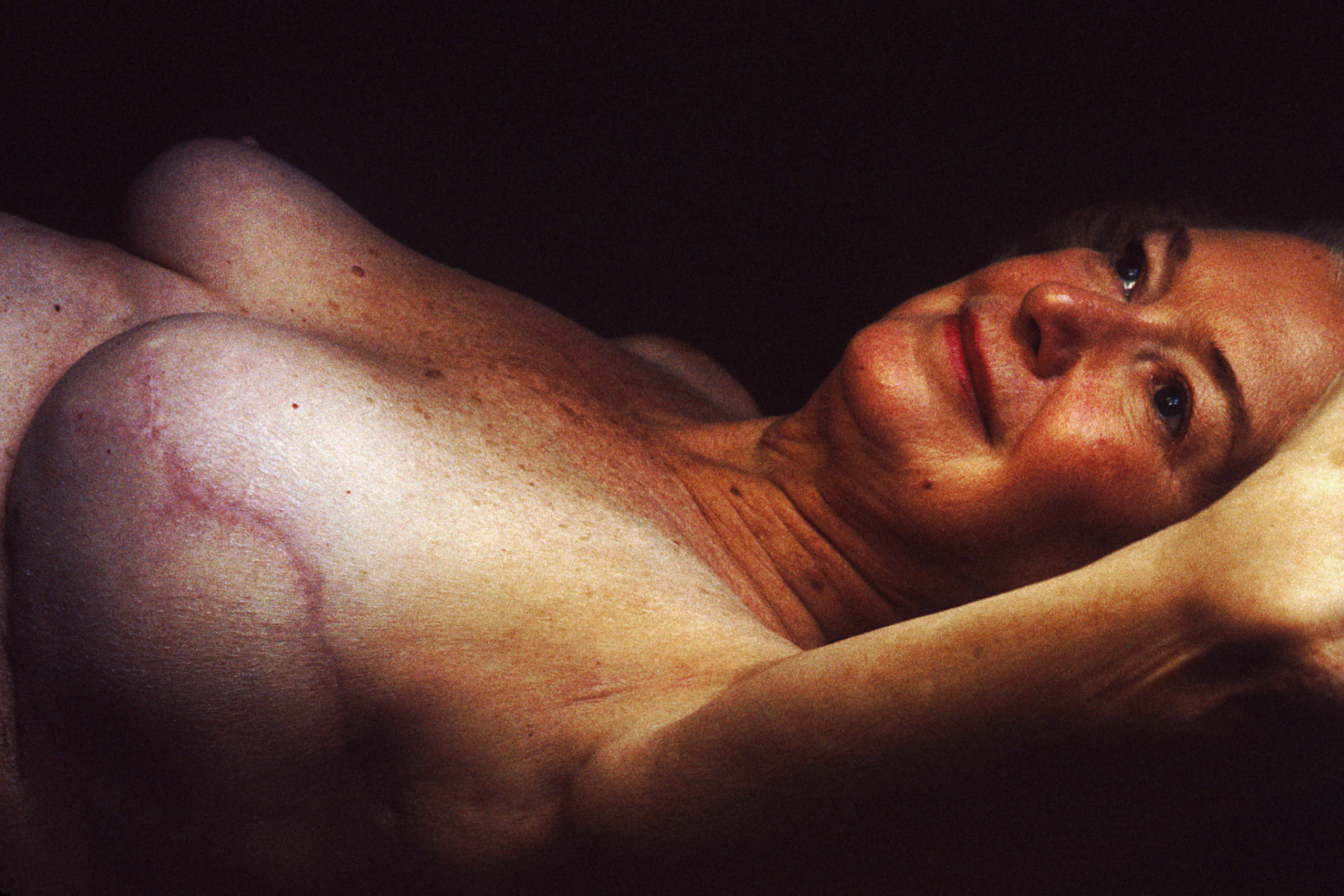Since the last century, autologous adipose tissue has been used to correct soft tissue abnormalities. The fat injection helps breasts look more natural and can soften the indented scars. An East Windsor fat grafting specialist recommends fat grafting after removing your breasts in a mastectomy or partial mastectomy procedure.
What is fat grafting?
It is a two-step breast augmentation procedure that begins with removing fat from areas in excess, such as the hips and outer thigh. The fat is then delivered into the area of lack to improve the breast contours. It is a safe and long-lasting procedure that guarantees you natural-looking results. Most people prefer this method to the use of implants.
The fat can be taken from the abdomen, upper and lower back, hips and flanks, arms, or the buttocks.
Here are scenarios where fat grafting is used:
- Where clients want more permanent corrections and want to avoid implants.
- The overall goal is to reverse scars, improve body contours, or eliminate depressions.
- Remove contour irregularities and other signs of implants.
- Where the chest area appears to be sunken or creased.
- The client wants to increase the overall breast size.
Benefits of fat transfer
- It is only a two-step procedure that the surgeon handles in a single session.
- Gives the freedom to sculpt more than one area at any one time.
- The process does not leave scarring after injections.
- There is no concern over implants rupturing and any other complications.
- The procedure produces results that look and feel more natural than implants.
Uses one’s tissue
- Fat is sourced from an area where it is in excess or unwanted.
Preparing for the procedure
There are steps necessary to take beforehand to minimize the risks of complications and improve the overall outcome. They include:
- Stop smoking a few weeks before your appointment with the surgeon to minimize nicotine-related risks.
- Avoid medications that could increase bleeding. Examples are aspirin and non-steroidal anti-inflammatory drugs.
- Do not take supplements that could also increase bleeding, such as vitamin E and fish oil.
- Fill out prescriptions at a pharmacy to ensure they are ready when you arrive home.
- Find a friend or family member to drive you if the anesthesia will not have worn off by the time the doctor releases you.
The procedure
The surgeon will put you under general anesthesia to make sure you are comfortable throughout. He will then create tiny incisions; enough to fit a narrow tube directly into the fat deposit. The tube, known as a cannula, has a vibrating tip to loosen fat cells for suctioning. The fat cells are prepared for injection to produce a symmetrical and natural breast shape. A cannula reduces the risks of bruising during the injection.
Recovery
Although you may experience sore breasts, the pain after this procedure is minimal. There will be mild swelling at the incision sites. Within a few days, you can resume most activities.
To find out if you are a candidate for this option of breast reconstruction, consult Matthew J. Lynch, MD, a cosmetic and reconstructive breast surgeon. You can also get in touch if you need a breast lift, reduction, or augmentation.













Comments